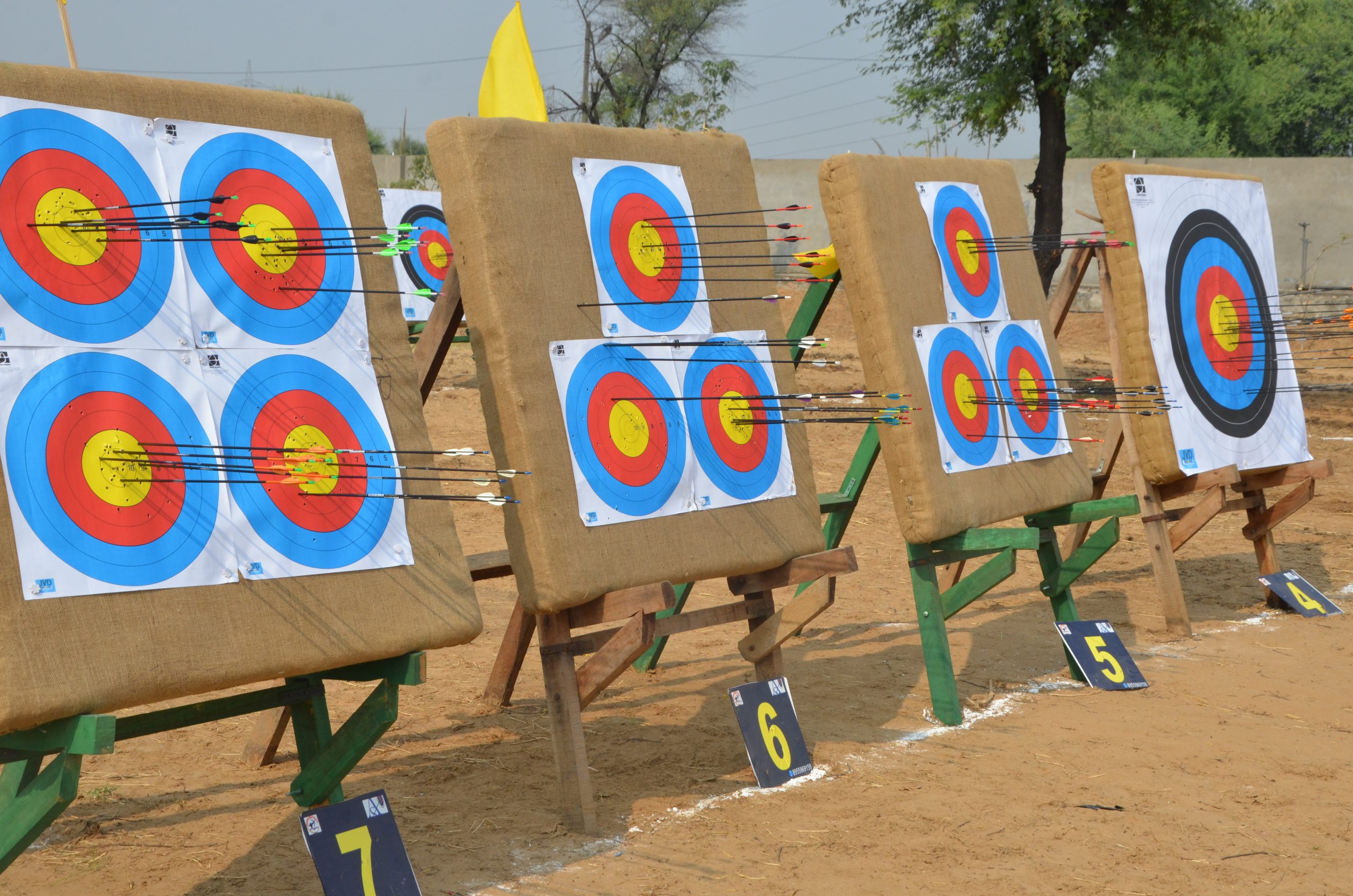
The bow and arrow seems to have been invented in the later Paleolithic or early Mesolithic periods. The oldest signs of its use in Europe come from the Stellmoor [de] in the Ahrensburg valley [de] north of Hamburg, Germany and dates from the late Paleolithic, about 10,000–9000 BC. The arrows were made of pine and consisted of a main shaft and a 15–20 centimetres (5.9–7.9 inches) long fore shaft with a flint point. There are no definite earlier bows; previous pointed shafts are known, but may have been launched by spear-throwers rather than bows. The oldest bows known so far comes from the Holmegård swamp in Denmark. Bows eventually replaced the spear-thrower as the predominant means for launching shafted projectiles, on every continent except Australasia, though spear-throwers persisted alongside the bow in parts of the Americas, notably Mexico and among the Inuit.
Bows and arrows have been present in Egyptian & neighboring Nubian culture since its respective predynastic & Pre-Kerma origins. In the Levant, artifacts that could be arrow-shaft straighteners are known from the Natufian culture, (c. 10,800–8,300 BC) onwards. The Khiamian and PPN A shouldered Khiam-points may well be arrowheads.

